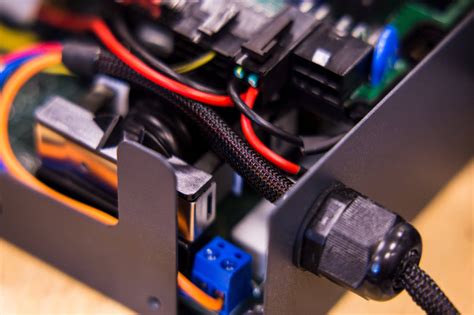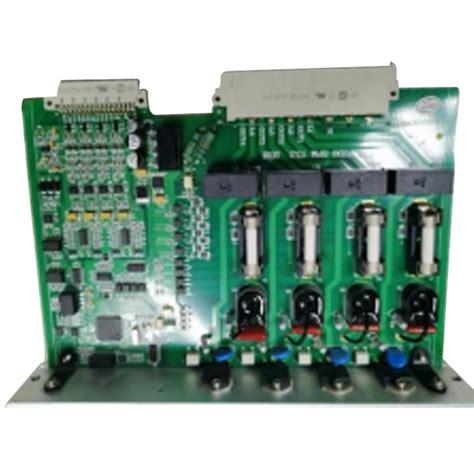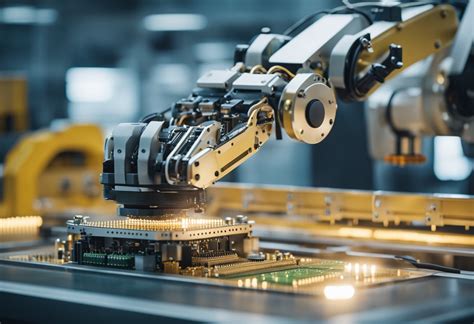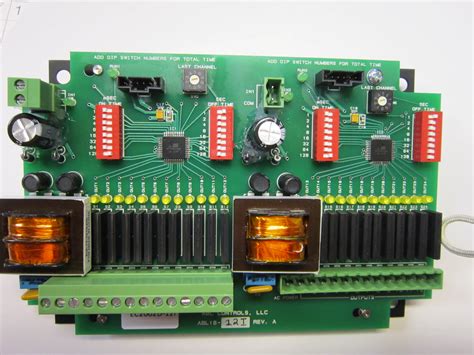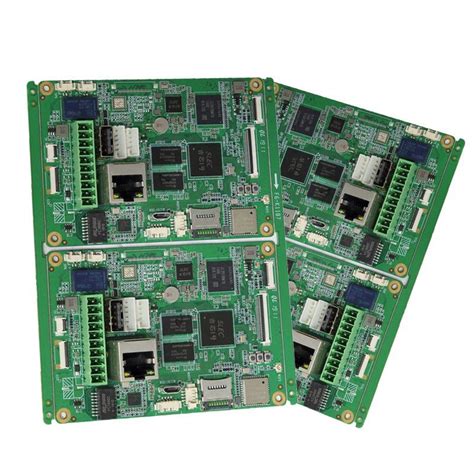Lead vs. Lead-Free PCB Manufacturing: A Comprehensive Comparison
Introduction
Printed Circuit Boards (PCBs) are the backbone of modern electronics, serving as the foundation for connecting and supporting various electronic components. The manufacturing process of PCBs has evolved significantly over the years, particularly in terms of the materials and techniques used. One of the most significant shifts in PCB manufacturing has been the transition from lead-based to lead-free soldering processes. This shift has been driven by environmental regulations, health concerns, and technological advancements. This article will explore the differences between lead-based and lead-free PCB manufacturing, the advantages and disadvantages of each, and the implications for the electronics industry.
1. Historical Context: The Use of Lead in PCBs
Lead has been a staple in the electronics industry for decades, primarily due to its excellent soldering properties. Lead-based solder, typically a mixture of tin and lead (Sn-Pb), has a low melting point, good wettability, and forms strong, reliable joints. These properties made lead-based soldering the go-to method for PCB assembly.
However, the widespread use of lead in electronics has raised significant environmental and health concerns. Lead is a toxic heavy metal that can cause severe health problems, including neurological damage, especially in children. Additionally, the disposal of lead-containing electronics contributes to environmental pollution, as lead can leach into soil and water sources.
2. The Rise of Lead-Free PCB Manufacturing
In response to these concerns, the electronics industry began to shift towards lead-free manufacturing processes. The most significant regulatory push came from the European Union’s Restriction of Hazardous Substances (RoHS) directive, which took effect in 2006. The RoHS directive restricts the use of certain hazardous materials, including lead, in electronic products. This regulation has had a global impact, as manufacturers worldwide have had to comply with RoHS to access the European market.
Lead-free soldering typically involves the use of tin-silver-copper (Sn-Ag-Cu) alloys, which have higher melting points than traditional Sn-Pb solder. While these alloys do not contain lead, they present their own set of challenges and considerations.
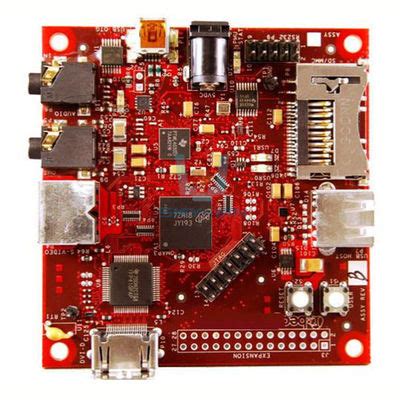
3. Lead-Based vs. Lead-Free Soldering: A Comparative Analysis
3.1. Melting Point
One of the most significant differences between lead-based and lead-free soldering is the melting point. Traditional Sn-Pb solder has a melting point of around 183°C (361°F), whereas lead-free solder alloys, such as Sn-Ag-Cu, have melting points ranging from 217°C to 227°C (423°F to 441°F). This higher melting point requires adjustments in the soldering process, including higher reflow temperatures and longer preheat times.
3.2. Wettability and Solder Joint Quality
Wettability refers to the ability of molten solder to spread and adhere to the surfaces being joined. Lead-based solder is known for its excellent wettability, which results in strong, reliable solder joints. Lead-free solder, on the other hand, tends to have poorer wettability, which can lead to issues such as voiding, incomplete wetting, and weaker joints. However, advancements in flux chemistry and soldering techniques have improved the wettability of lead-free solder over time.
3.3. Thermal and Mechanical Properties
Lead-free solder alloys generally have better thermal and mechanical properties compared to Sn-Pb solder. For example, Sn-Ag-Cu alloys exhibit higher tensile strength and better resistance to thermal fatigue, making them more suitable for applications that experience thermal cycling or mechanical stress. However, the higher melting point of lead-free solder can also lead to increased thermal stress on components and the PCB itself, potentially affecting the long-term reliability of the assembly.
3.4. Cost Considerations
The transition to lead-free manufacturing has had cost implications for the electronics industry. Lead-free solder alloys are generally more expensive than traditional Sn-Pb solder due to the higher cost of materials such as silver. Additionally, the higher processing temperatures required for lead-free soldering can increase energy consumption and equipment wear, leading to higher operational costs. However, these costs are often offset by the benefits of compliance with environmental regulations and the ability to access global markets.
4. Environmental and Health Implications
The primary driver behind the shift to lead-free PCB manufacturing has been the desire to reduce the environmental and health impacts of lead. Lead is a persistent environmental pollutant that can accumulate in the food chain, posing risks to both human health and ecosystems. By eliminating lead from electronic products, manufacturers can reduce the environmental footprint of their products and minimize the risk of lead exposure to workers and consumers.
However, it is important to note that lead-free soldering is not without its own environmental challenges. The production of lead-free solder alloys, particularly those containing silver, can have significant environmental impacts, including resource depletion and energy consumption. Additionally, the higher processing temperatures required for lead-free soldering can increase greenhouse gas emissions. As such, the environmental benefits of lead-free manufacturing must be weighed against these potential drawbacks.
5. Reliability and Performance Considerations
The reliability and performance of lead-free PCBs have been the subject of extensive research and debate. While lead-free solder alloys generally offer better mechanical and thermal properties, they can also introduce new failure modes, such as tin whiskers and interfacial cracking. Tin whiskers are tiny, conductive filaments that can grow from tin-based solder joints, potentially causing short circuits in electronic devices. Interfacial cracking, on the other hand, can occur at the interface between the solder joint and the component or PCB, leading to joint failure.
To mitigate these risks, manufacturers must carefully select materials, optimize soldering processes, and conduct thorough testing to ensure the reliability of lead-free PCBs. This may involve the use of conformal coatings to prevent tin whisker growth, as well as the implementation of design guidelines to minimize thermal and mechanical stress on solder joints.
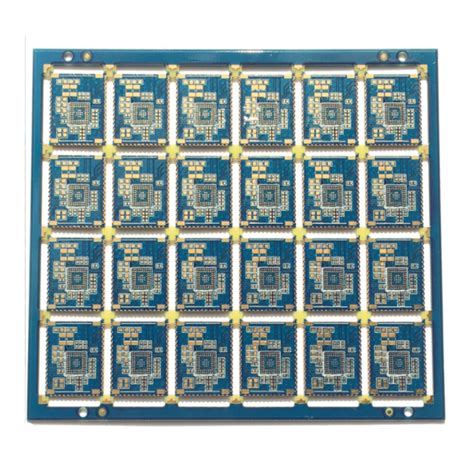
6. Industry Adoption and Future Trends
The transition to lead-free PCB manufacturing has been largely successful, with the majority of the electronics industry now using lead-free processes. However, some niche applications, such as aerospace and military electronics, continue to use lead-based soldering due to its proven reliability and performance in extreme environments. In these cases, exemptions from RoHS and other regulations allow for the continued use of lead-based solder.
Looking ahead, the electronics industry is likely to continue exploring new materials and technologies to further improve the performance and sustainability of PCBs. This may include the development of alternative solder alloys, the use of conductive adhesives, and the adoption of additive manufacturing techniques such as 3D printing. Additionally, there is growing interest in the use of biodegradable and recyclable materials in PCB manufacturing, which could further reduce the environmental impact of electronic products.
Conclusion
The transition from lead-based to lead-free PCB manufacturing has been a significant milestone in the electronics industry, driven by environmental regulations, health concerns, and technological advancements. While lead-free soldering presents its own set of challenges, including higher processing temperatures and potential reliability issues, it offers important benefits in terms of environmental sustainability and compliance with global regulations. As the industry continues to evolve, manufacturers must balance the need for reliable, high-performance PCBs with the imperative to minimize their environmental impact. By embracing new materials, technologies, and best practices, the electronics industry can continue to innovate and thrive in a more sustainable future.


